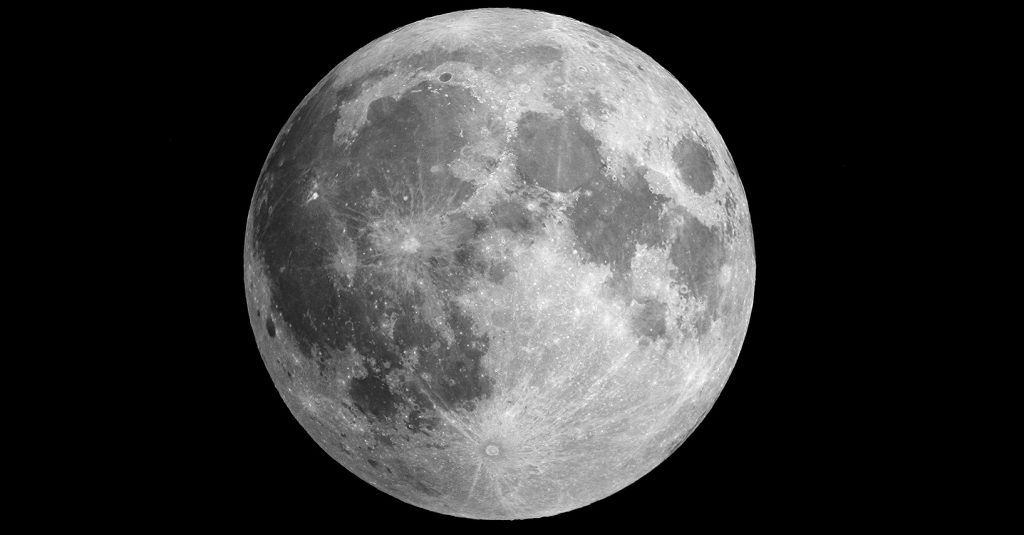
India has located its missing Vikram lander from its Chandrayaan-2 mission on the surface of the moon. Indian Space and Research Organisation (ISRO) spokesperson Vivek Singh said that a thermal image of the lander had been taken and efforts were underway to create a signal to the craft. It is not yet clear what damage the lander suffered during its descent. India has not yet been able to establish communication.
The roughly $140 million Chandrayaan-2 mission took off from the Satish Dhawan Space Centre at Sriharikota in southern Andhra Pradesh on July 22. After its launch, Chandrayaan-2, which means “moon vehicle” in Sanskrit, spent several weeks making its way toward the moon, entering lunar orbit on Aug. 20. The Vikram lander separated from the mission’s orbiter on Sept. 2 and began a series of braking maneuvers to ready itself for landing. Scientists lost contact with the lander when it was just 1.3 miles from the lunar surface.
A successful landing would have brought India into the elite group of nations who have successfully accomplished a soft landing on the moon. The U.S., Russia, and China are the only other countries to successfully have a soft landing on the moon. A soft landing seeks to minimize damage to the lander and its contents by controlling the speed of its descent.
The Chandrayaan-2 mission is intended to study permanently shadowed moon craters that are thought to contain water deposits. These areas were mapped during India’s Chandrayaan-1 mission in 2008. Chandrayaan-1 operated for 312 days and orbited the moon during its mission, but did not land there. An impact probe launched from the orbiter was intentionally crashed into the Moon to obtain data.
Even if communications with the rover cannot be recovered, the orbiter is expected to continue its mission. If communication can be restored, the next phase would be for the robotic rover to deploy to collect samples from the lunar surface.
